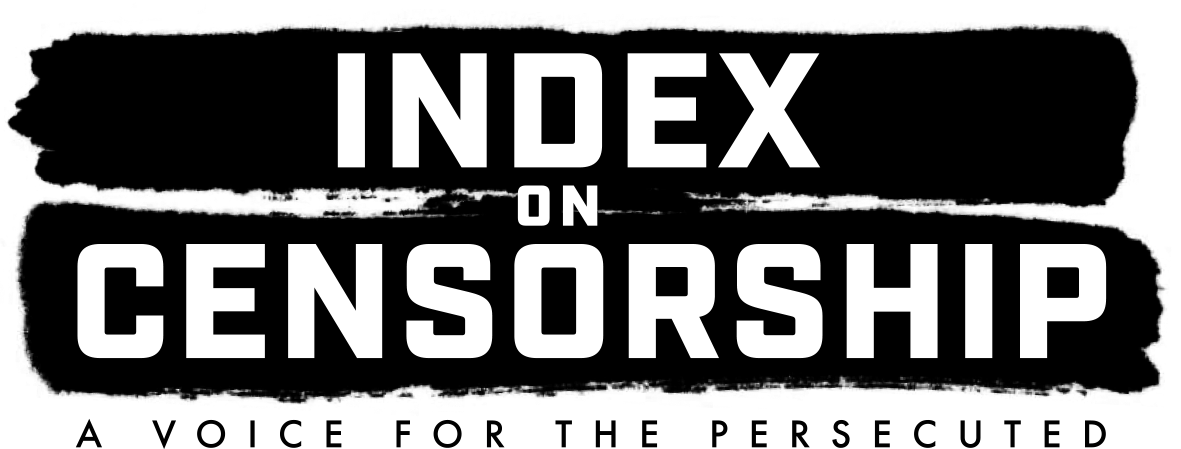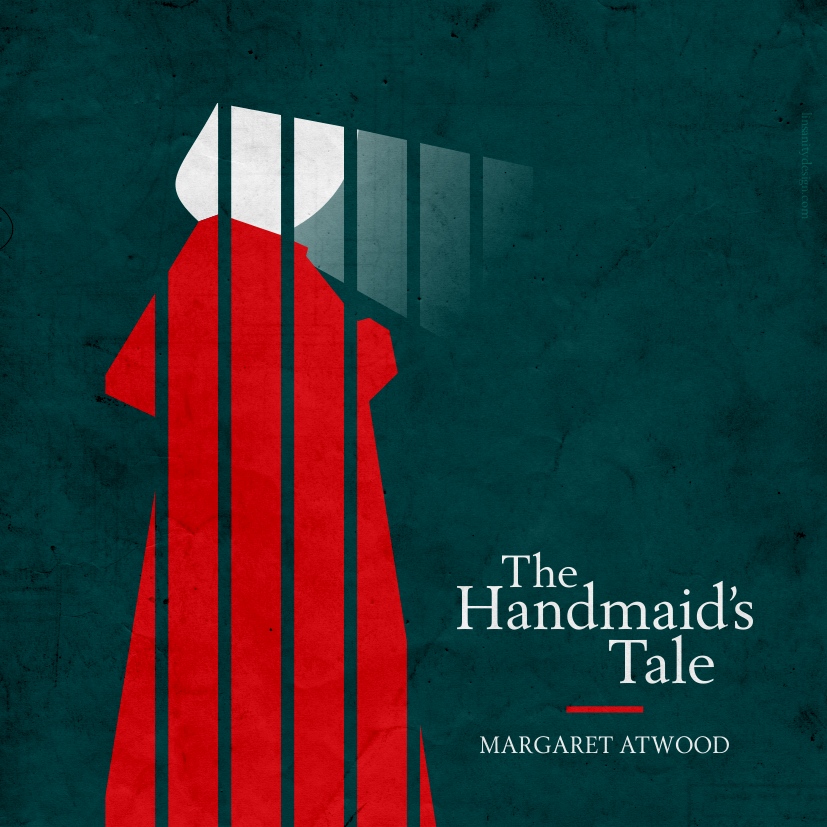 The death of the “traditional” media will allow the state to go unscrutinised says Stryker McGuire
The death of the “traditional” media will allow the state to go unscrutinised says Stryker McGuire
Almost a year ago, I wrote for Index on Censorship that the threat to journalism as we know it – or at least knew it – is bigger even than the bludgeon of crude censorship. The lousy economics of the publishing industry, I wrote, were slowly and surely constricting the flow of information. My argument was that, knee-deep in blogs and news aggregators and Tweets, we think we’re awash in information, but we’re not – not if we think we’re any better informed.
I’m back to spread the word about a revealing new study conducted by the Pew Research Center’s Project for Excellence in Journalism. The study’s bottom line is this: an in-depth examination of all the local-news outlets in Baltimore, Maryland, over the course of one week showed that 95 per cent of all the stories containing new information came from “traditional media – most of them newspapers.” A reminder then: as mainstream newspapers and magazines get rid of reporters and bureaus, the information gap they leave behind is not – repeat not – being filled by new media.
Here are the details, as reported by Pew:
“The study, which examined all the outlets that produced local news in Baltimore, Md., for one week, surveyed their output and then did a closer examination of six major narratives during the week, finds that much of the “news” people receive contains no original reporting. Fully eight out of ten stories studied simply repeated or repackaged previously published information.
“And of the stories that did contain new information nearly all, 95 per cent, came from traditional media – most of them newspapers. These stories then tended to set the narrative agenda for most other media outlets.
“The local papers, however, are also offering less than they once did. For all of 2009, for instance, the [Baltimore] Sun [newspaper] produced 32 per cent fewer stories on any subject than it did in 1999, and 73 per cent fewer stories than in 1991, when the company still published an evening and morning paper with competing newsrooms. And a comparison of one major story during the week studied – about state budget cuts – found newspapers in the area produced only one-third as many stories in 2009 as they did the last time the state made a similar round of budget cuts in 1991, and the Baltimore Sun one-seventh as many. Yet the numbers suggest the addition of new media has not come close to making up the difference.
“Indeed the expanding universe of new media, including blogs, Twitter and local websites – at least in Baltimore – played only a limited role: mainly an alert system and a way to disseminate stories from other places.”
Many of you will know Baltimore mainly as the setting for the much-garlanded TV drama series The Wire. The good people at Pew are here to tell you that Baltimore – standing in for all of us – is less wired than it used to be.
Stryker McGuire is the editor of LSE Research, a new magazine to be published in the spring by the London School of Economics; a contributing editor at Newsweek magazine, and an associate at Lombard Street Research, an economics consultancy in the City of London.





